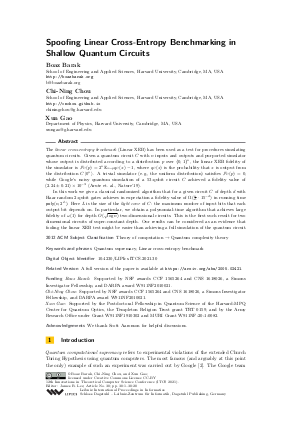LIPIcs.ITCS.2021.30.pdf
- Filesize: 0.64 MB
- 20 pages

 Creative Commons Attribution 3.0 Unported license
Creative Commons Attribution 3.0 Unported license






Feedback for Dagstuhl Publishing